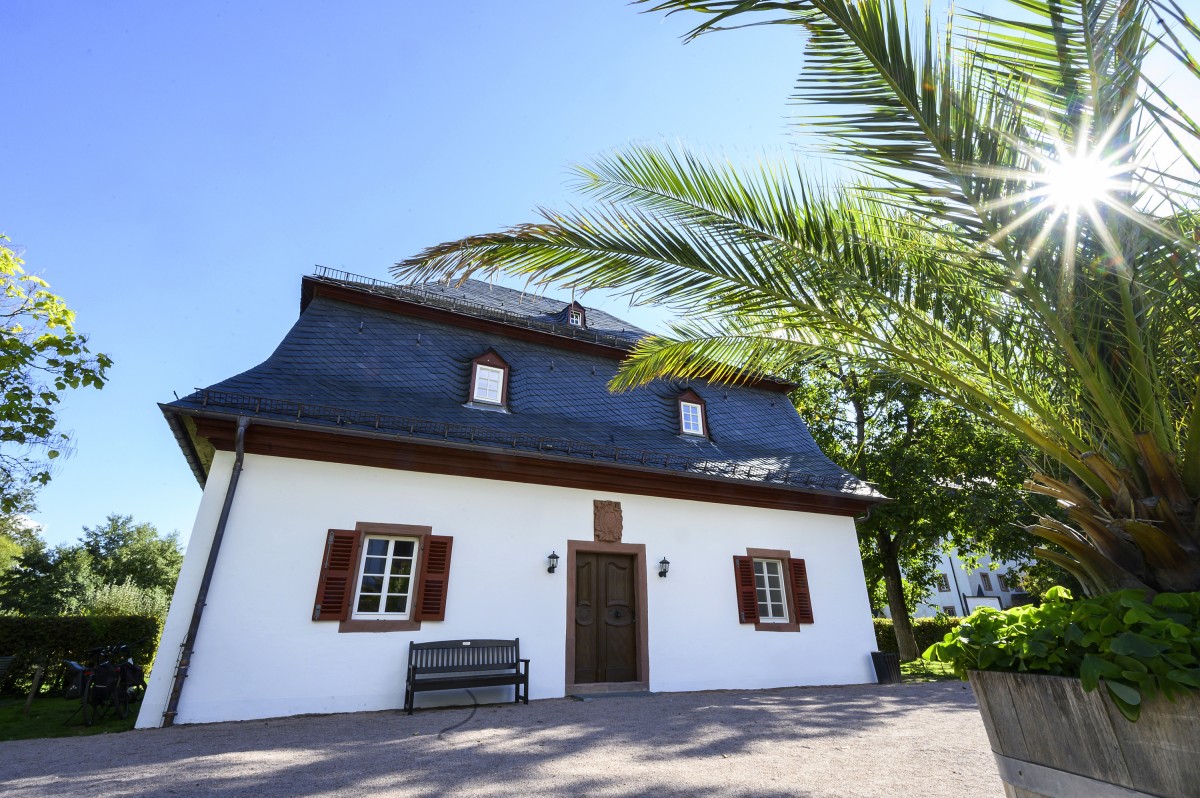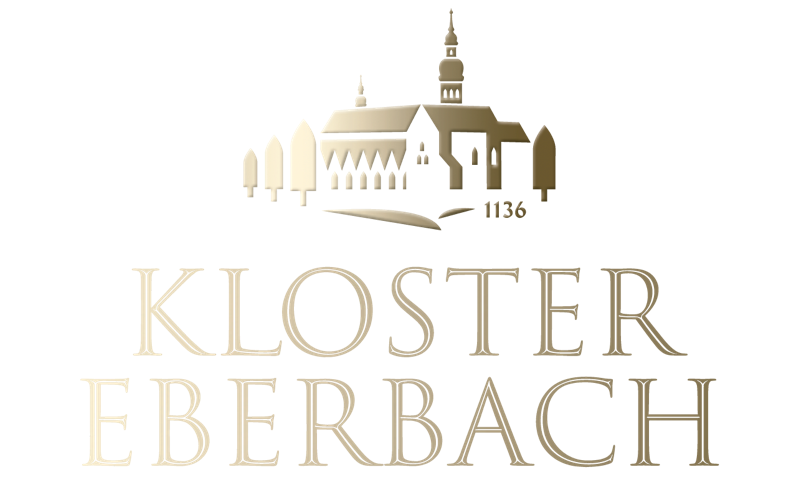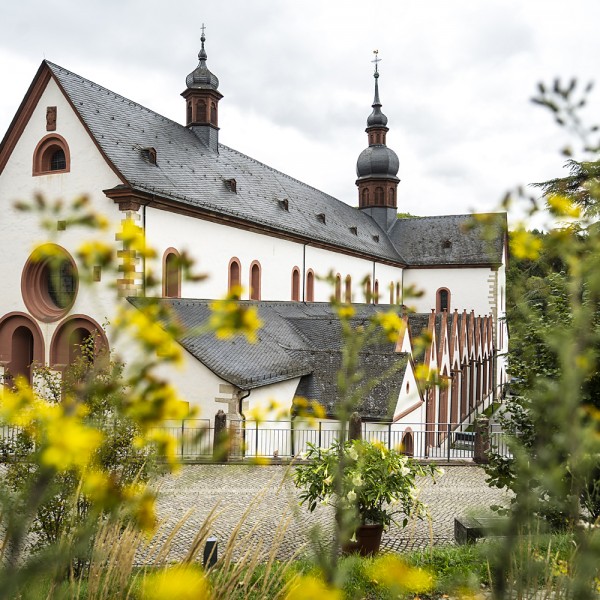Current Projects
Rehabilitation projects
Since 1986, the state of Hesse has provided funds from the state budget to secure and renovate the impressive buildings from the 12th to 18th centuries. The aim: to ensure the preservation of this European cultural monument for future generations.
What measures are available?
After 40 years of continuous use, the heating, electrical and ventilation systems in historic buildings need to be replaced. Similarly, maintenance measures are required for the building structure in the form of windows, ceilings, walls, floors and facades. The restoration and conservation of rooms are also an important part of the rehabilitation projects.

Hotel extension
Due to the high demand for hotel capacity from conference and event guests, both locally and in the Rheingau region as a whole, the aim is to expand the hotel. After the foundation took over the operation of the hotel at the beginning of 2020, it planned - in the spirit of the innovative Cistercians and in close cooperation with the State Office for the Preservation of Historical Monuments - to find ideas for a possible hotel extension. To this end, a Europe-wide architectural competition was held in 2021, in which 162 planning offices took part. The decision of the jury, chaired by Professor Arno Lederer from Berlin, was unanimous. The winner of the competition is Backes Zarali Architekten from Basel.
The building decision of the Hessian state government is outstanding.

East wing
The renovation of the Romanesque east wing with its monks' dormitory, cabinet cellar and chapter house, which has been converted to Gothic style, is the last major construction phase of the general renovation of the monastery, which has been ongoing since 1986. In addition to safeguarding the historical building fabric and restoring and conserving the rooms, the aim is also to adapt the parts of the building to their current use. The overall impression will be preserved.

In the Cabinet Cellar, the vault has already been freed from the so-called "black cellar cloth", a fungal infestation caused by wine storage (status: January 2024). In future, a "wine bar" will complement the special enjoyment experience on site.
Construction work is also in full progress in the Monks' Dormitory (status: January 2024). Remarkable paintings from the 15th century have been uncovered on the vaulted ceiling of the former dormitory.
Our aim is to show our visitors more. We want to open up rooms that have never been accessible to guests before in order to give them the best possible viewing experience," explains Sebastian Macho. "Soon we would like to open up the forbidden door from the movie 'The Name of the Rose' from the Monks' Dormitory and thus provide access to the roof truss of Eberbach Monastery. This will be an impressive addition to the existing tour of the monastery.

Finished Projects
Orangery
After pests had infested large parts of the roof, dry rot had damaged both the beams and the masonry and the structure had been destroyed to such an extent that the safety and stability of the building were at risk, the orangery underwent a complete renovation in just two years of construction and the fire protection was brought up to the latest standards. To do this, damaged parts of the roof first had to be removed and the affected beams replaced. The building structure was then renovated and event technology and innovative lighting installed, taking energy efficiency aspects into account.
The building, erected in 1755, is now available all year round as an exhibition and event space - and is also barrier-free.

Basilica
After four years of construction - and therefore almost a year earlier than planned - the extensive work in the almost 900-year-old monastery church was completed at the end of 2022. Among other things, walls and vaulted surfaces, parts of the window fronts and, under archaeological supervision, the floor of the almost 2,500 square meter, three-nave, Romanesque-style pillar basilica were restored. Tile by tile was taken up, cleaned and returned to the site. Sebastian Macho, member of the Management Board and Head of Facility Management: "Our intention was to install the necessary event technology out of sight and thus live up to our claim of 'ancient meets ultra-modern'. This was a complete success!" The result was an underground cable duct system that will in future be able to discreetly accommodate supply lines for equipment etc., such as those needed for concerts or conferences. Digitally and centrally controllable LED lighting illuminates the monumental building - directly or indirectly, depending on the desired effect, requirements and possible uses.





